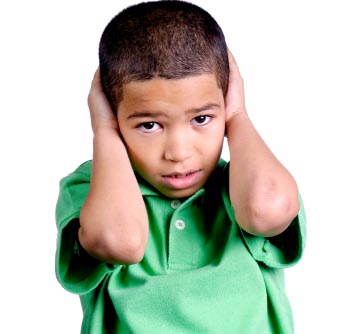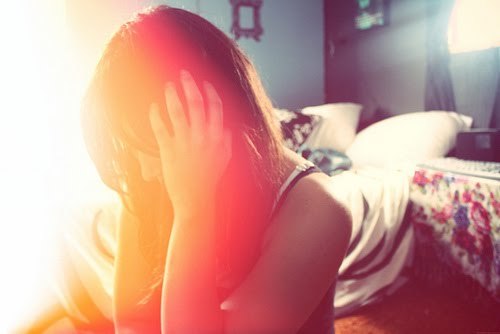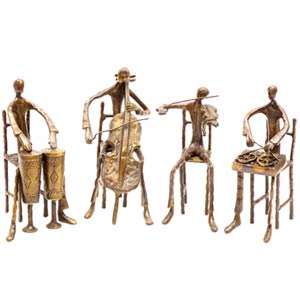Boston — Researchers have found long-sought genes in the sensory hair cells of the inner ear that, when mutated, prevent sound waves from being converted to electric signals, a fundamental first step in hearing. The researchers then restored these electrical signals in the sensory cells of deaf mice by introducing normal genes.
The study paves the way for a test of gene therapy to reverse a type of deafness, to be conducted by US and Swiss collaborators. Findings appear in the November 21, 2011 online issue of the Journal of Clinical Investigation.
Sound waves produce the sensation of hearing by jiggling protruding hair-like structures on sensory hair cells in the inner ear. Scientists have long believed that the hair cells carry a protein that converts this mechanical motion into electrical signals. While similar proteins have been identified for other senses, taste, smell, sight, researchers had been unable to find the critical protein required for hearing, in part because of the difficulty of getting enough cells from the inner ear to study.
The research team is co-led by Jeffrey Holt, PhD, Department of Otolaryngology at Children's Hospital Boston, and Andrew Griffith, MD, PhD, of the NIH's National Institute on Deafness and Other Communication Disorders (NIDCD).
"People have been looking for more than 30 years," says Holt, also a member of the F.M. Kirby Neurobiology Center at Children's Hospital Boston. "Five or six possibilities have come up, but didn't pan out."
Holt, Griffith, and colleagues found that two related proteins, TMC1 and TMC2, are essential for hearing. They make up gateways known as ion channels, which sit atop the stereocilia and let electrically charged molecules (ions) move into the cell, generating an electrical signal that ultimately travels to the brain.
The gene for TMC1 was previously shown by Griffith and NIDCD-funded collaborators to be mutated in both mice and humans with hereditary deafness. TMC2, the new study found, seems to have a redundant function and may compensate if TMC1 is defective.
The study also found that the same defects affect sensory hair cells in the vestibular system, which underlies the sense of balance. Although TMC1 mutations cause only hearing loss, not balance problems, in humans, mice with defects in both TMC1 and TMC2 are deaf and fail balance tests requiring them to navigate a rotating rod.
The investigators then engineered an adenovirus to carry normal copies of TMC1 or TMC2 into the inner-ear hair cells of mice that had mutations in both genes. Using special techniques developed in Holt's lab, they recorded electrical responses to noise in the sensory hair cells when either TMC1 or TMC2 was added back, where before there had been none. "This is the first time anything like this has been done," says Holt.
But does restoring the electrical response translate into restoration of hearing? Holt and collaborators at the Ecole Polytechnique Federale de Lausanne (EPFL) in Switzerland recently received a $600,000 grant for a gene-therapy trial in mice. The researchers will deliver genes to the inner ear and measure whether electrical signals can be detected in the 8th cranial nerve and whether the animals respond to sound. EPFL will supply newer, safer gene-delivery vectors for testing that could potentially be developed for human trials.
According to the NIDCD, about one in 300 to 500 newborns are born deaf or hard-of-hearing, and it's believed that about half of cases have genetic causes. About 60 genes, including TMC1, are known to be associated with human deafness.
Yoshiyuki Kawashima, Gwenaelle S.G. Geleoc and Kiyoto Kurima were co-first authors. Holt, formerly at the University of Virginia, and Griffith were co-senior authors. Image at: http://t3.gstatic.com/images?q=tbn:ANd9GcQdYBHf78k1sH-DqMQRNry3Iu8RdBaZE0sZp47f3_LcNNufQzjG2g










